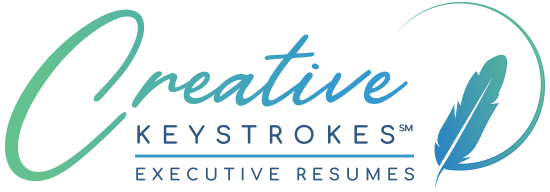Your LinkedIn Contact Network: Build it Big for Maximum Career Benefits
Bigger isn’t always better, but in the case of LinkedIn networks it definitely is. Since LinkedIn’s inception in 2002 (Wow! Has it really been THAT long?), their advice and the advice of most career professionals was to focus on connecting with people you know, and eschew “open” networking (and the designation as a LION – LinkedIn Open Networker). Their original terms of service even warned to “Only connect with people you know.”
My, how things have changed. As the world of work and professional networking has evolved with the advent of the online network, so has LinkedIn. Although the official advice is still to connect with those you know, LinkedIn’s features in fact encourage just the opposite.
A larger network is inherently more valuable with the way LinkedIn is structured because:
The more endorsements you have (which can only be given by your connections), the more compelling and accurate they appear (and likely, are), and the more weight they are given.
The most valuable connection in advancing your career may well end up being someone you don’t really know right now.
A large network will greatly increase your chances of being found by a recruiter trolling LinkedIn for candidates. LinkedIn members whose profiles come up in the first three pages of results will be the most likely to be contacted (think how Google works). In many views, results are in order of closeness of connection, and candidates with at least a level 2 connection will have the advantage. The larger your network is, the more likely you will be a second-level connection for that recruiter.
Especially if you have a fear of being spammed or even stalked, it is quite reasonable and advisable to be somewhat selective in accepting unsolicited connection invitations. Always pay at least a brief visit to the individual’s profile to see how many connections they have, if anyone you know is connected to them, if what they do has any potential relevance whatsoever to you in future, and if they look “legit.” If you receive a follow-up message after connecting that is inappropriate or unprofessional, as occurs occasionally, immediately sever the connection and block that person.
Note that if you are on the initiating end of a connection invitation, it’s a good idea to personalize your invites with a short note replacing LinkedIn’s automatically generated “Hi [Name], I’d like to join your LinkedIn network.” Your message can simply note that you seem to know a lot of the same people, that you find what they do very interesting, or that you share some of the same interests or professional skills.
When on the receiving end of invitations with the generic “Hi, I’d like to join your LinkedIn network,” don’t assume the networker is just indiscriminately sending out invitations. While it is certainly preferable to send out a personalized invitation, many of the opportunities to network build on LinkedIn involve clicking a button which does not give the person the option of customizing the message that is sent.
If you have been on LinkedIn for more than just a few months and do not have 500 or more connections, it may be time to step up your network building efforts.

